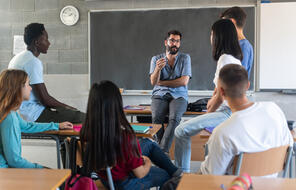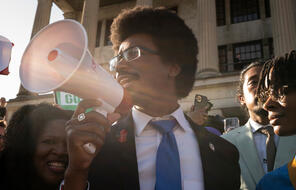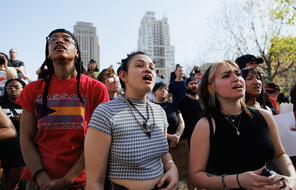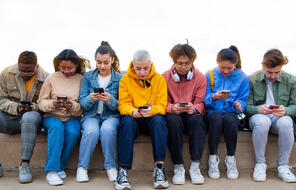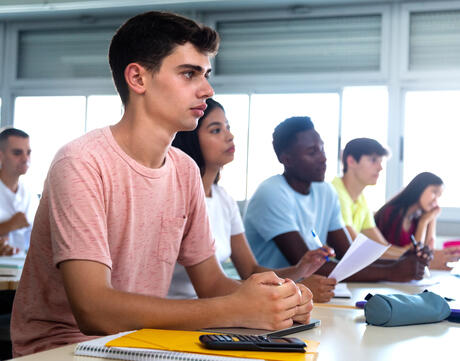
Processing Antisemitism, Terror, and War
At a Glance
Language
English — USSubject
- Advisory
- English & Language Arts
- Social Studies
Grade
6–12- Human & Civil Rights
- Antisemitism
Overview
About This Mini-Lesson
In the early hours of Saturday, October 7, 2023, Hamas fired rockets from the Gaza Strip into Israel and launched an antisemitic terrorist attack designed to murder Jews. More Jewish lives were lost on October 7, 2023 than on any one day since the Holocaust. As a result of this horrific violence, the region has now plunged into a war that will continue to cause the loss of innocent Israeli and Palestinian lives.
While this mini-lesson was developed immediately following the events of October 7, we believe that its elements remain relevant for classroom use even in the days and weeks that follow the initial terrorist attack and the outbreak of war.
The activities are intended to help teachers support their students as they process the loss of life, learn strategies for following breaking news responsibly, and consider how they can take care of themselves and others.
We are already witnessing increases in hate against Jewish and Muslim people following this atrocity. Please find suggestions below for how teachers can identify intolerance in their schools and communities and support their students’ learning about antisemitism and Islamophobia.
We recommend you use a selection of activities best suited to your students’ needs.
Preparing to Teach
A Note to Teachers
Before teaching this mini-lesson, please review the following information to help guide your preparation process.
Activities
Initial Classroom Response
After a traumatic event, it can be beneficial to focus first on emotional processing, addressing the “heart” before the “head.” Give your students space to reflect on their emotional responses to this event.
If possible, coordinate with your school leadership to determine which class periods should be designated for a reflection with students. In class periods where you do not reflect more deeply on the events, a moment of acknowledgement and an invitation for students to reach out to teachers to continue the conversation may be sufficient so as not to overload students.
If you decide to address news of the attacks and outbreak of war with your class, the following ideas may be helpful to guide students’ reflection:
Unlimited Access to Learning. More Added Every Month.
Facing History & Ourselves is designed for educators who want to help students explore identity, think critically, grow emotionally, act ethically, and participate in civic life. It’s hard work, so we’ve developed some go-to professional learning opportunities to help you along the way.
Exploring ELA Text Selection with Julia Torres
On-Demand

Working for Justice, Equity and Civic Agency in Our Schools: A Conversation with Clint Smith
On-Demand

Centering Student Voices to Build Community and Agency
On-Demand


